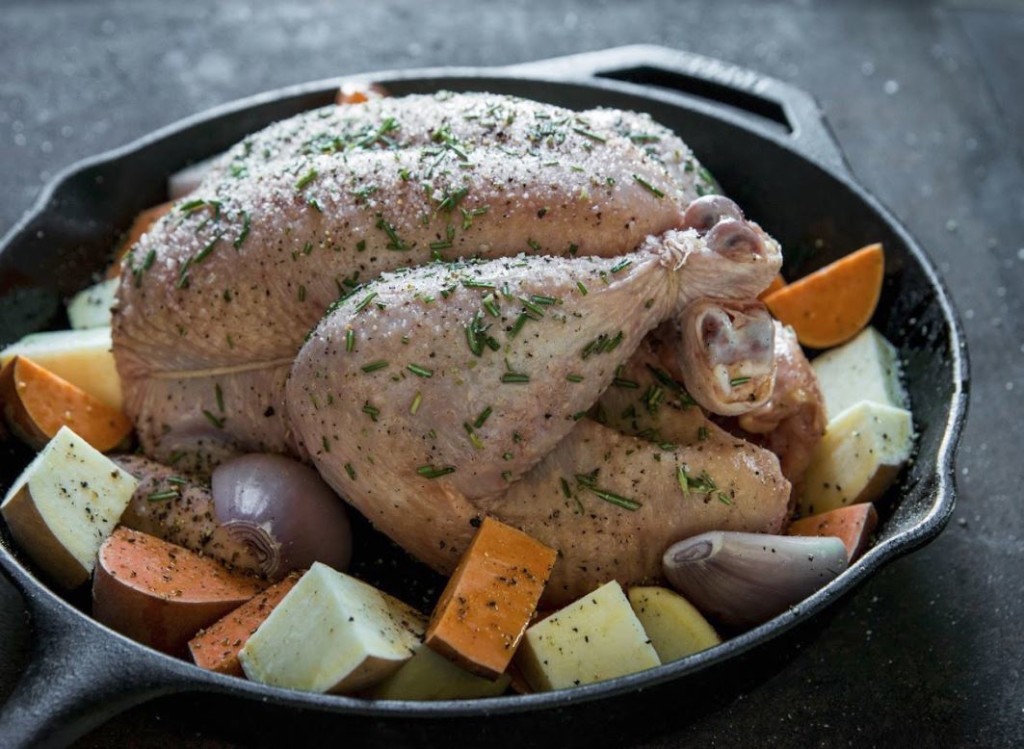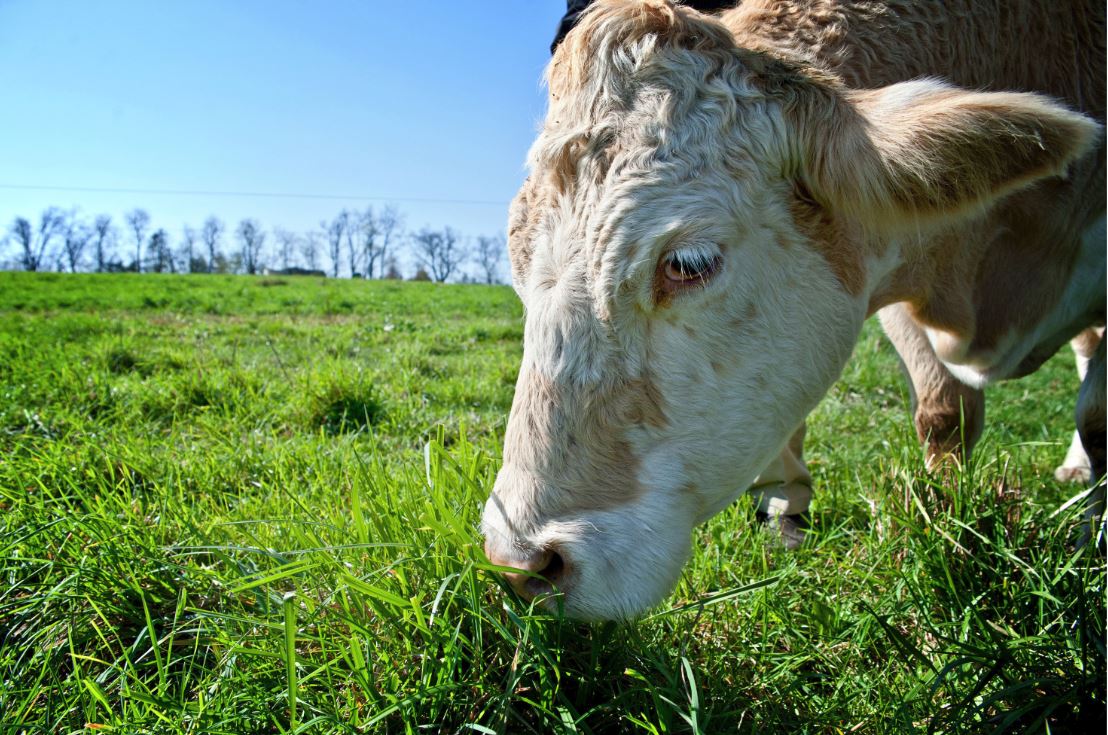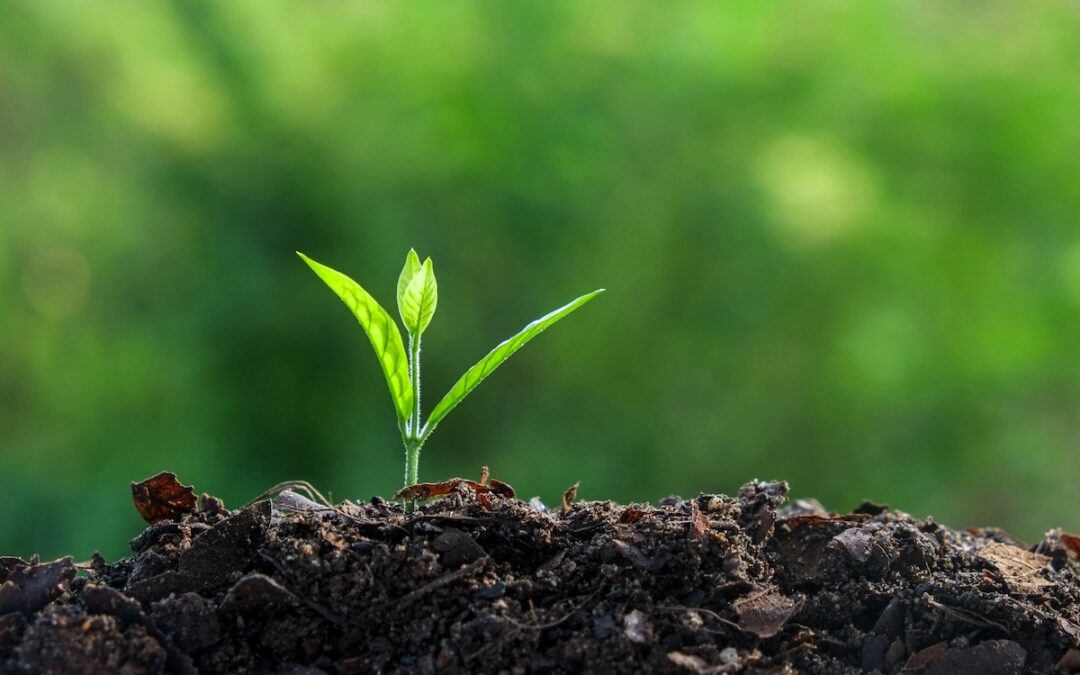The thoughtful person has lots of things to pay attention to. The responsibilities are overwhelming. The world is so interconnected that everything that we do has far-reaching consequences, both intended and unintended. If we accept this as true – and in the face of today’s level of globalization and consumption, I think we have to – then everyday actions of people like us are the most powerful force upon the earth today. But it doesn’t feel that way, does it?
That’s because, while your everyday actions have become the shapers of the world, the ability to trace the consequences of those actions has almost disappeared. The consequences have been hidden behind the screens of marketing, false narratives, and supply chains that circle the globe multiple times. Though there is no doubt that some of these narratives are created to purposely hide the truth about evil (but profitable) products, for the most part, the effects of our everyday actions get lost due to their own complexity. But there is one economic fact that is widely accepted: consumers (and their wallets) drive the marketplace. If we want our individual values to be represented in the market, we need to hold ourselves accountable to spend our dollars on products that support those values. So if our spending has physical and moral implications, how do we make sure the two are aligned?
Voting your values with your dollars isn’t actually that hard if you start simply. And the best place to kick off that simple start is in the kitchen with what you eat.

3 Reasons Why What You Eat Changes the World:
1. Farmers Control the Land.
Of the roughly 2 Billion acres in the mainland U.S., nearly half of it is farmland. Consider that just two crops – corn and soybeans – cover more area in the U.S. than all the urbanization, rural residential, highways, railroads, commercial centers, malls, industrial parks, and golf courses combined. Farmland is also where our water supplies begin and what they flow through. When you vote on dinner, you are voting on how this land and water is used.
These farms, even more even than parklands, are the most important refuge for wildlife. Parklands cover only a fraction of the land compared to farms, and they tend to be situated in areas of marginal productive capacity, whereas farmlands provide the biggest and richest biome for the microbiota that is the basis for all wildlife, from bees to bears.
With this much land in the control of farmers, it’s no surprise that financial, agri, and chemical companies lobby so hard to convince farmers to plow it with their equipment, plant it in their patented organisms, spread it with their fertilizers, pesticides, and herbicides, and pay for it with their financial services. These companies are also under no illusions on who the farmers listen to – the customer. So, as much energy as they spend working on the farmer to choose their tools and methods, they spend just as much time lobbying government, funding university studies, and advertising to persuade us that their chemicals, machines, GMO’s and financial approaches are in our best interest as customers. These companies aren’t evil or probably even malicious, but their stated purpose for being on Earth is to increase their shareholders’ value. How can we entrust this much of the earth’s surface to those whose top priority is the bottom line on a spreadsheet?
2. Farmers Control Our Health.
When you see something that needs to be changed, your first reaction may be to tackle it head on. If you’re in a boat that starts taking on water then, well, a bucket and some sweat can keep you afloat for a while. But what if you could find the leak? Wouldn’t it be a better use of time to try to plug it? After all, leaks don’t really care how good your bailing technique is, how streamlined your bucket is for bailing, how long you’ve studied the science of removing the water from boats, or what expensive gadgets you have to do it more efficiently. To truly solve the problem in a sustainable way, you need to think about causes and fix the leak.
What we usually call “health care” often doesn’t actually have much to do with improving our health, but just with fixing the results when our health turns bad. So what does cause our state of health? Obviously, that is a complex question, but consider the following.
Italians spend more than 50% more than Americans on food, and over twice as much as a percentage of income. The Swiss, Japanese, French and Norwegians also far overspend the Americans on food, both as real numbers and as a percentage of income. In fact, Americans spend significantly less on food as a percentage of income than any country in the world.
Conversely, we Americans also spend significantly more on ‘health-care.’ More than any other country in the world in fact, and 2.5 times what the Italians spend. We spend so much more on healthcare that it makes up for what we save on food, and then some. Only the very wealthy Swiss have a combined food and ‘health-care’ budget comparable to that of the United States. And this is the final, concerning comparison: The United States ranks nearly last among developing nations in life-expectancy, chronic disease, obesity, etc. Our cheap food and high-priced health care doesn’t seem to be the best bargain.
Unfortunately, it seems that in the United States, to continue the analogy, we are less concerned about finding out why our boat is leaking and more focused on the water bailing industry. The only standards we follow on boat building is that they are cheap, convenient, and not catastrophically defective.
Food and health are inherently connected. If we individually prioritize purchasing whole, natural foods (even if they are priced higher), we as consumers can start to slow and stop health problems before they start. And not only will it benefit us personally, but the market follows consumer behaviors, and your choices will reflect a consumer preference for quality, natural food.

3. Farmers Decide Which Plants and Animals Live and Die.
When Columbus landed in North America, some 20-30 million bison roamed the United States, compared to virtually no cows. By 1950 there were fewer than 2,000 bison and over 70 million cattle. That is quite a reversal and a great example of how humans create winners and losers among the earth’s species. This continues to happen today in sometimes surprising ways. And guess who is usually at the forefront, picking the winners and losers? That’s right, the farmer. This happens in a few different ways.
In India today, there are some hundreds of varieties of rice grown, but it’s actually hundreds fewer varieties than were grown 50 years ago. These varieties are distinct in many ways, from their appearance to their uses. But most importantly for the future of rice and the future of the people who depend on rice, they are distinct in their vulnerability to disease, drought, and pests. They also contribute to health in distinct ways when consumed. The repositories of the seeds are dispersed and invulnerable to local disasters or acts of terror. And the farmers stewarding these varieties carry meaning in their work that reaches well beyond those who are fed by this year’s harvest. They are keeping their rice species alive with both a unique genetic code and the knowledge of how to raise it.
This situation is very similar to that of corn in the United States… 100 years ago. Today, even though corn is grown on more acres than ever before, the thousands of varieties that were cultivated over the centuries by pioneers and Native Americans are gone. Huge companies now market a handful of variants that they own the exclusive genetic license for.
This genetic collapse is true even for crops for which we think we savor differences. The 7000 varieties of apples in the 1800s have been reduced to less than 100. A National Geographic article has traced this dwindling diversity in crops from hundreds of varieties for each in the 19th century to a handful today.
And as you probably guessed, livestock has gone the same way. From tens of thousands of varieties, now over 95% of hogs, meat chickens, and laying hens are from less than 10 breeds. These are virtually all animals raised in confinement and owned by huge corporate interests. Truly diversified family farms are the only places where some of the old varieties survive. “Old Macdonald’s Farm” today only represents 1-2% of farm produce but over 90% of farm diversity.
The concentration of life into a few privately owned genomes should be intrinsically troubling. When our fields lack genetic diversity, stresses caused by this cascade up and down the food web, from tree species (declining ) to honeybees (collapsing) to people’s health. It increases the likelihood of mass extinctions, global crop failures, and starvation in a very real way. The silver lining is that all over the country there are farms that still have the land steward’s passion for life. And they are waiting for us to vote for diversity with our food dollars.
Alright, now you know how your grocery shopping can have larger, lasting effects on the food system.

Here are 3 Ways to Start Making World-Changing Shopping Choices:
1. Choose Real Foods.
Michael Pollan of Omnivore’s Dilemma offers a test to figure out whether a food is real or not: Ask yourself, would your great-great-grandmother recognize it as food?
Obviously, the world wasn’t as globalized in her day, and even though local is important, just because she wouldn’t know what quinoa is doesn’t mean you can’t give it a try, even when local products are a better choice. Here are some other helpful questions to ask:
Does this food have the same name on the plate as it does in the field (green beans, salmon, chicken)?
And if the name is different, is the person who changed it from what it was (wheat, barley, beef) to what it is (bread, beer, hamburger) is a real person, within driving distance of you?
Choosing real foods or whole foods disrupts a lot of the commoditized buying of crops by manufacturers. This is positive because food manufacturers place the emphasis on crops being cheap and the same every time. These are the attributes that they need to be successful, so if they are the only ones buying, farmers will only grow the genetically identical, homogenous, and insipid products they ask for.
So when you buy carrots, start paying attention to how they look, smell, and taste. Don’t trust brands as much as what you really like about a plant or meat product, and shop for that. There are still 1000’s of varieties of food, plants and animals, out there. Let’s try to keep it that way.

2. Choose Only Meat That Was Not Raised in Confinement.
Once you master real foods, move on to this one. It’s a little bit tougher but it makes a HUGE impact. Over 95% of American grain production is farmed so it can be fed to animals raised in confinement. Ending support for this system would be literally transformative at all levels of farming, society and ecology. Animals in confinement are invariably genetically similar and produced without any honest regard for animal welfare. Because they function on economies of scale, they also tend to be either owned by huge corporations or tied to them. Fish are included here so choose only wild caught from sustainable fisheries, like Alaskan Salmon. If you’ve already made the move away from processed to real foods, then eliminating confined meat from your diet is the best way to vote for better outcomes in America’s agricultural system and health.
How do you do this? First of all, unfortunately, labels are only a little bit of help. Even labels featuring the terms ‘Organic’, ‘All-natural,’ or ‘Free-range’ don’t tell us anything about confinement. Here is a good checklist to use:
Beef: 100% Grass Fed, Domestic
Pork and Chicken: Pasture Raised
Pork and chicken are the hardest, as over 99% of these species are raised in confinement. The best way to navigate buying these meats short of vegetarianism (which is a fine but unnecessary option although eating less meat is a way to save money) is to find meat vendors you trust and who really have a passion for their meats. Many local independent stores in urban areas have butchers that know the difference. Among bigger vendors, Whole Foods Markets carry confinement raised meats as well as some which aren’t, but they also usually have knowledgeable butcher teams that can point you to the pastured, good quality and humane meats.
And in terms of restaurants, choose local ones that make their use of local pasture-raised meats clear. Many of the vendors you can trust list the sources that buy from them on their websites and menus, like Marksbury. In the end most of the food supply makes money off of confined animal feeding so you have to be diligent in looking for alternatives but the payoff for you and the food system is really substantial.

3. Get Closer to Your Food – Know Your Farmer(s).
In many parts of the world, local food is redundant. That’s all there is. As we’ve seen above, the United States is not in this category. Thought it’s challenging, shopping with only local vendors is rewarding, tastes better, and is healthier (for all). For consumers, it takes a different kind of planning to execute this step, and the inconveniences you encounter before knowing what to expect can be discouraging. If you happen to live next to great farmers’ markets or vendors that combine great local foods and more traditional venues for purchasing, such as Pasture’s Butcher Shop, this step can be a lot less daunting.
But once you’ve made the change away from processed foods and confinement-raised meats, each new food that comes from a local farmer is like travelling to a new place. The excitement of discovery and new flavors and ways to cook it is worth a little bit of effort. And the rich connection to the soil and those that grow your food is a rewarding relationship.
Making these changes in only three steps is a big commitment. Like weight loss, learning a new language, training for a marathon or any other big personal goal, the process and pay-off are exponential and rewarding beyond measure. Start these steps by transforming your diet on the weekends, then add a day as you’re ready. Then add another. Just getting started is a powerful step towards taking back responsibility for the consequences of our buying choices.
Want more information? Sign up for our newsletter at the top of this page, or follow us on social media for updates.


